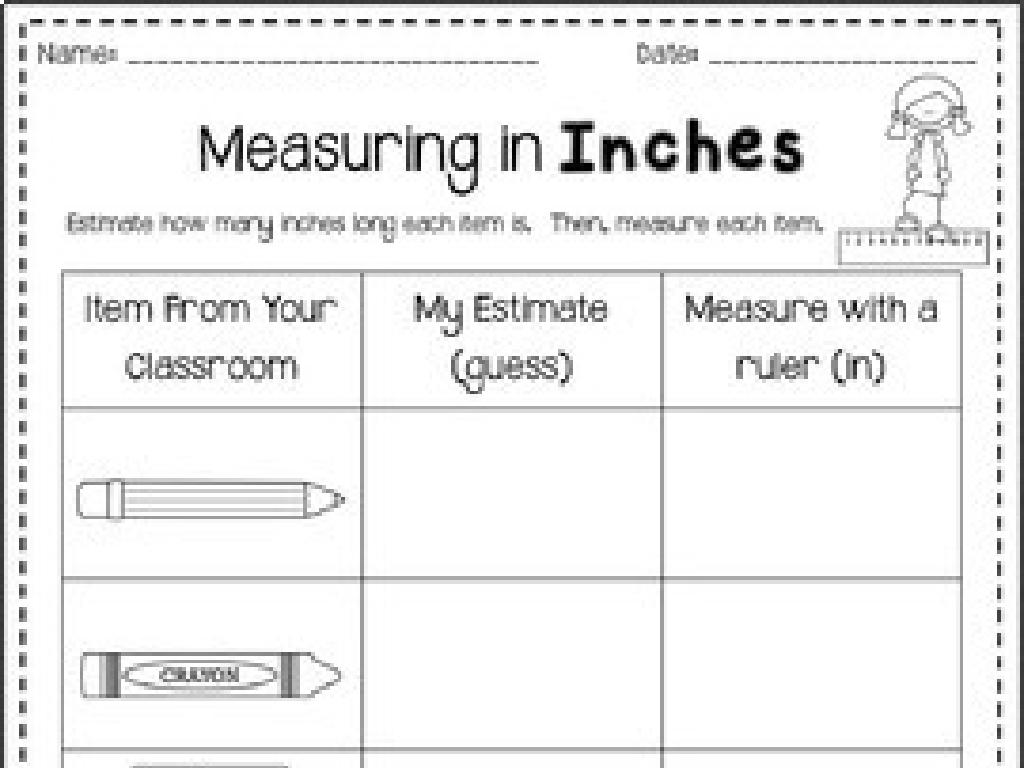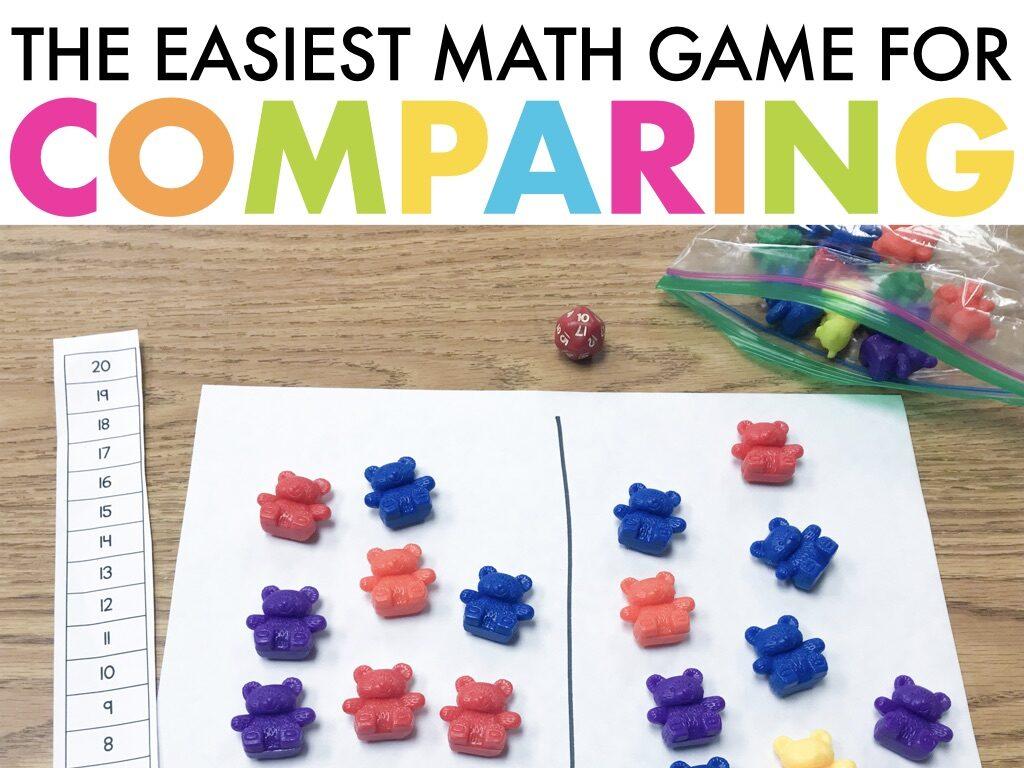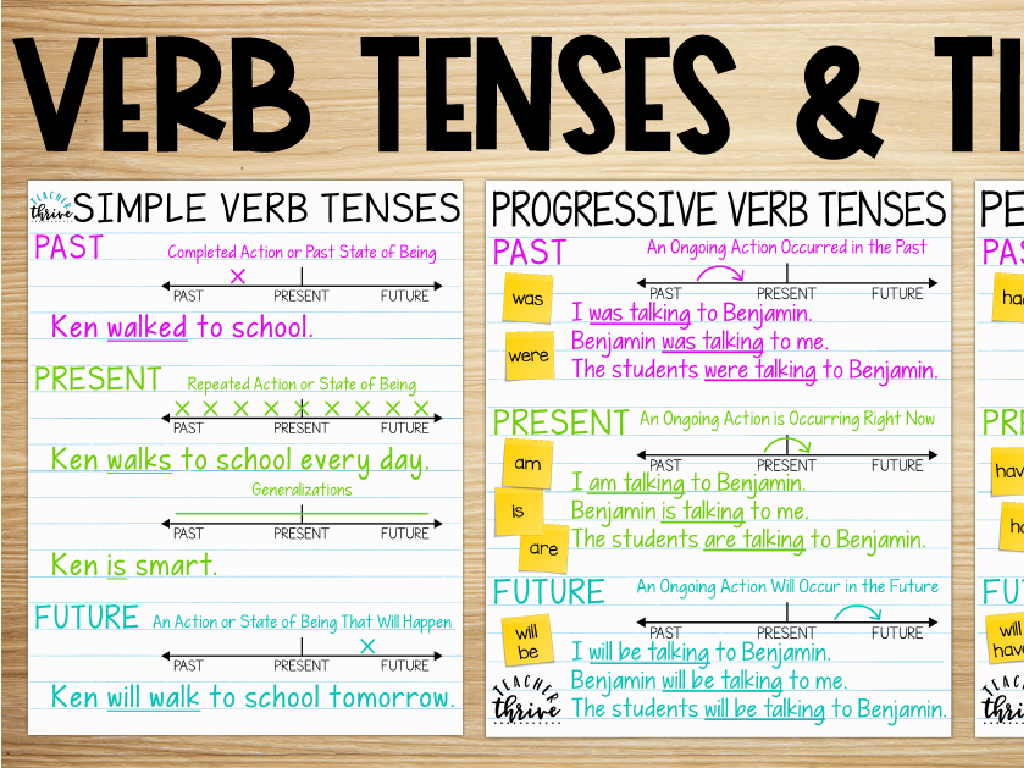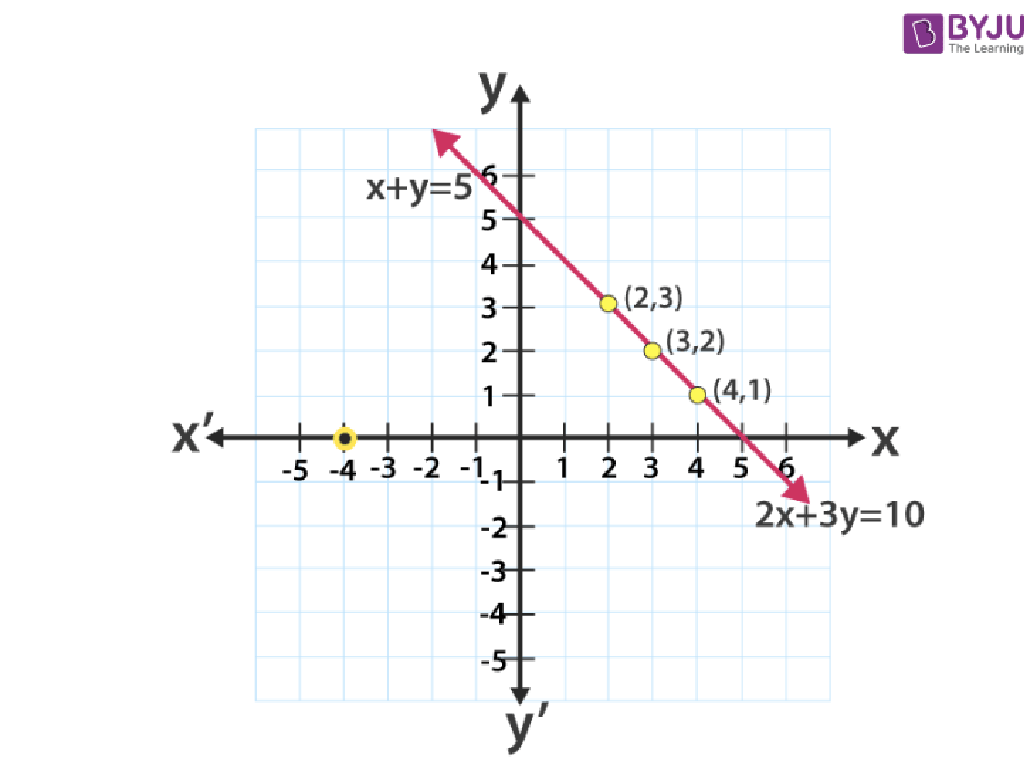Which Word Has The Same Ending?
Subject: Language arts
Grade: Pre-k
Topic: Rhyming
Please LOG IN to download the presentation. Access is available to registered users only.
View More Content
Welcome to Rhyming Words!
– Greetings, little word explorers!
– Discover words with matching endings
– Words like ‘cat’ and ‘hat’ sound alike at the end
– Rhyming makes language exciting
– Rhymes enhance stories, poems, and songs
– We’ll have fun with rhymes in activities
– Get ready to play games and sing rhyming songs
|
This slide is designed to introduce Pre-k students to the concept of rhyming words in a fun and engaging way. Start the lesson with a warm welcome and explain that rhyming words have the same ending sounds. Emphasize how rhyming can make language arts more enjoyable through reading, speaking, and singing. Incorporate interactive activities such as rhyming games and sing-alongs to reinforce the concept. Encourage the children to listen for rhymes in everyday language and in their favorite stories or songs. The goal is to create a playful learning environment where students can begin to recognize and produce rhyming words.
Let’s Learn About Rhyming!
– What does ‘rhyme’ mean?
– Words with the same ending sound
– Like ‘bee’ and ‘tree’ both end with ‘ee’
– ‘Cat’ and ‘hat’ are rhymes
– They sound similar at the end, that’s why they rhyme!
– Can you find rhyming words?
– Think of words that sound like ‘dog’
|
This slide introduces the concept of rhyming to Pre-k students. Rhyming is when words have the same ending sound. Start by explaining that rhyming words sound alike at the end, like ‘cat’ and ‘hat’. Use visual aids or props if possible to show words that rhyme. Encourage the children to come up with their own examples of rhyming words, which can be a fun activity to engage them. You can turn this into a game where students say a word, and their classmates try to find a rhyming word. This interactive approach helps students understand rhyming in a playful and memorable way.
Listening to Rhymes: Finding Rhyming Words
– Listen to rhyming words together
– Teacher says a word, then plays a song
– Clap when you hear rhyming words
– For example, clap when you hear ‘cat’ and ‘hat’ in the song
– Recognize words with the same ending
– Words like ‘dog’ and ‘log’ have the same ‘og’ sound at the end
|
This slide is for an interactive class activity designed to help Pre-k students recognize and understand rhyming words. Start by saying a word out loud and then play a song that includes rhymes. Encourage the children to listen carefully and clap their hands whenever they hear two words that rhyme. This activity will help them to identify words with the same ending sounds. It’s important to choose a simple and catchy song with clear rhymes to keep the students engaged. After the song, discuss the rhyming words they heard and clapped for, reinforcing their understanding of rhyming patterns. Possible songs could include nursery rhymes or any age-appropriate song with a good number of rhyming words.
Matching Rhyming Words Game
– Let’s play a rhyming game
– Look at the pictures I show
– Tell me which ones sound the same
– Example: ‘dog’ and ‘log’
– Words rhyme when ending sounds match
|
This slide introduces a fun and interactive matching game to help Pre-k students understand the concept of rhyming words. The activity involves showing students pictures and asking them to identify which ones rhyme by listening to the ending sounds of the words. For instance, ‘dog’ and ‘log’ rhyme because they have the same ‘og’ sound at the end. Encourage the students to say the words out loud and listen for the sounds that are the same. This will help them develop phonemic awareness, which is crucial for early reading skills. Prepare a set of picture cards with rhyming and non-rhyming pairs to use during the activity. Make sure to include a variety of examples to ensure that all students can participate and find success with at least a few rhymes.
Rhyme Time: Finding Rhymes in a Story
– Listen to a story read aloud
– Raise your hand for rhyming words
– When two words have the same ending sound, like ‘cat’ and ‘hat’
– Identify rhyming word pairs
– We’ll find words that sound alike at the end
– Count our rhyming pairs together
– Let’s add up all the rhymes we discover!
|
This interactive reading activity is designed to help Pre-k students recognize and understand rhyming words, which is a key phonological awareness skill. As you read the story, pause slightly to emphasize the rhyming words. Encourage students to listen carefully and raise their hand when they hear words that rhyme. This will help them develop listening skills and phonemic awareness. After identifying a pair, repeat them to reinforce the rhyme. Keep the activity engaging and praise their efforts to build confidence. At the end, count the rhyming pairs as a class to practice counting skills and celebrate their success in finding rhymes.
Creating Our Rhymes: Let’s Make Rhymes Together!
– I say a word, you imagine a rhyme
– Draw your rhyming word
– Use your creativity to draw a picture that rhymes with my word
– Show your drawing to the class
– We’ll guess your rhyme
– Can your friends figure out the rhyming word?
|
This slide is for a class activity that encourages students to engage with rhyming words creatively. Start by saying a word out loud to the class. Each student will then think of a word that rhymes with it and draw a picture representing that word. After everyone has finished drawing, students will take turns showing their artwork to the class, and the rest of the students will guess the rhyming word. This activity helps students understand rhyming patterns and sounds in a fun and interactive way. Possible words to start with could be ‘cat’, ‘hat’, ‘bat’, ‘rat’, etc. Make sure to provide drawing materials and assist students as needed. Praise their efforts to build confidence.
Rhyme Time Activity
– Join ‘Rhyme Time’ circle
– Listen to the teacher’s word
– Pass the ball around
– Say a rhyming word aloud
– If teacher says ‘cat’, you could say ‘hat’!
|
This interactive activity is designed to help Pre-k students recognize and practice rhyming words in a fun and engaging way. The teacher will start by saying a word, and as a soft ball is passed around the circle, each student will have the opportunity to say a word that rhymes with it. This exercise encourages listening skills, quick thinking, and phonological awareness. It’s important to create a supportive atmosphere where every attempt is celebrated to build confidence. Possible variations of the activity could include using a rhyme bag from which students draw objects and say a rhyming word, or playing a rhyming matching game with cards.
Review and Goodbye: Rhyming Recap
– Celebrating our rhyming skills
– Reviewing our rhyming words
– Words like ‘cat’ and ‘hat’ rhyme
– Rhyming words end the same way
– They sound similar: ‘bee’, ‘tree’, ‘knee’
– Practice makes perfect
|
As we wrap up today’s lesson, let’s celebrate the progress made in understanding rhymes. Go over some of the rhyming pairs we’ve learned, such as ‘cat’ and ‘hat’ or ‘bee’, ‘tree’, and ‘knee’. Emphasize that rhyming words have the same ending sounds, which makes them fun to say and listen to. Encourage the children to keep practicing with more words at home. You can suggest a rhyming game or a storybook filled with rhymes for them to enjoy with their families. This will help reinforce today’s lesson and build their phonemic awareness.





